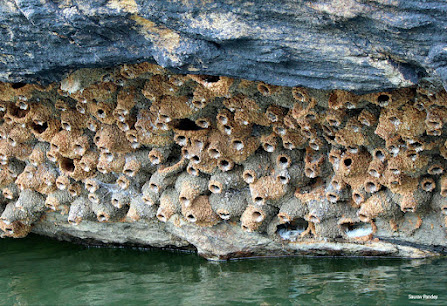Ana içeriğe atla
The concept of home
While thinking and learning about life in the microscopic world, it is essential to highlight that they are just a source of inspiration for my work. I will not base my work on scientific grounds; I plan to create a world that anyone can watch and make contact without any further explanation. It will seem like a tale. On the other hand, the place and space where my species exist, live, and share is also significant. So, the concept of city and architecture should be considered even though we are talking about a tale. Because my starting point is queering the way of living, I looked at the meaning of queer home and architecture. In the article of Jason Bryant, it is explained that queering the home involves deconstructing home ideology as a set of particular, heteronormative social constructs that do not allow other conceptual possibilities for spaces and existences. It also involves the deconstructions of the tradition of home that has long resonated as an ideological norm that privileges heterosexuality, reproduction, blood kinships, and other well-worn domestic tropes. Public/private divisions between spaces and domesticity are also crucial concepts while thinking about home and Olivier Vallerand discuss them in his text Home is the Place We All Share.
Feminist theorists in the 1960s started challenging public and private divisions and argued that these spaces were shaped and positioned according to gender. Later, queer space theorists broadened the focus from understanding how space is gendered and sexualized to suggesting new ways of inhabiting space. They critique the assumption that spaces can be designed or analyzed without considering how an individual's self-identification (concerning gender and sexuality, but also to age, race, and class categories) influences their use of their environment. They position queer space as performative; it is built out through time, existing not only in the physical space but also in the intersubjectivity of the relations through verbal, nonverbal, and physical interactions. Identity in relation to architecture thus cannot be reduced to the users' or designer's identity; it is constantly becoming through its uses. Benjamin Gianni and Scott Weir state that "no spatial/domestic manifestation of the issue of queerness" can be designed: "The same space might be lived in and experienced in a variety of ways." This can be interpreted as being an important character of queer space.


https://www.google.com/search?sxsrf=ALiCzsb1QtcKFZ8g5Q2iNk7G01yk31TKGg:1670427379698&source=univ&tbm=isch&q=ant+colony+cross+section karınca kolonileri de ilgini çekebilir.
YanıtlaSil